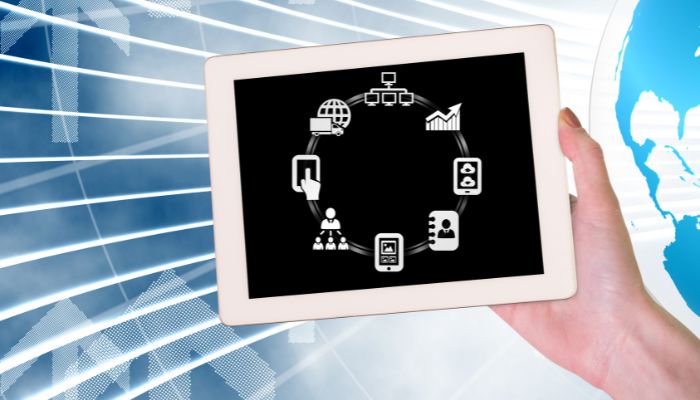It has been widely researched and found that the Work-From-Home culture has changed the face of how businesses and companies are operating. This has affected revenue streams and business strategies, but it has changed processes and office technology that contribute to them on a more operational level. In a world that thrives on Wi-fi and supersonic speeds, companies must upgrade their office technology to stay relevant.
Now that employees know how much work can be accomplished outside of the office, most will not likely return to a 9 to 5 job at the workplace, as this no longer feels necessary. So how can companies modify their management style to secure a future with their employees?
You might also be interested to read: Analytics Jobs In India Looks Better Than Just Bright
On-site vs. off-site hours: Companies will have to balance on-site and off-site work hours because it saves travel time and company resources and gives employees time to spend at home with families. This, in turn, has proven to be a significant boost in productivity and energy levels of employees. While they are present at the workplace only for specific hours in the week, when their physical presence is required, employees can work from home and get the best of both worlds thanks to fast internet connections and data speeds.
Making wellness a priority: The pandemic has hit the world hard, and, now more than ever, everybody is taking a hard look at their physical, mental and emotional health as a priority. So when companies start opening up their workplaces again or expect a certain level of productivity from their workforce, making sure that health and wellness are paramount sends the message that they care about their employees and want to maintain a long-standing relationship with them. Wellness programs that offer therapy, physical rest and rehabilitation like massages or yoga breaks, a healthy supply of fruits and snacks in the pantry, ample amount of time off for rejuvenation are some possible ways to encourage wellness as a practice.
Evenly distributing workloads: If there is a certain amount of work to be done, it would be ideal to delegate responsibilities to a team rather than putting the onus on just one person. Even though working from home gives your employee the chance to cover more ground during work hours, you still have to remember to provide them with some respite. Splitting responsibilities and tasks between employees helps them complete work faster and avoid the possibility of burnout, and encourages teamwork and respect within peers. With office technology like Stack and Google Drive that provide a space for collaboration, employees can pool their resources, create a bank, and upload their work, so that employers have easy access.
Maintaining a healthy and accessible connection between companies and their work team goes a long way, especially when people have had to work remotely for long periods and cannot benefit from physically being present with the teams they work closely with. It also brings about a sense of camaraderie and belonging, which helps retain employees and encourages them to work harder. For companies, collaboration and connectivity has become a key focus of office technology post pandemic.
Reference: “Collaboration, Connectivity Key Focus of Office Technology post WFH” | ET Bureau, The Economic Times | 14 November, 2021
You might also be interested to read:






